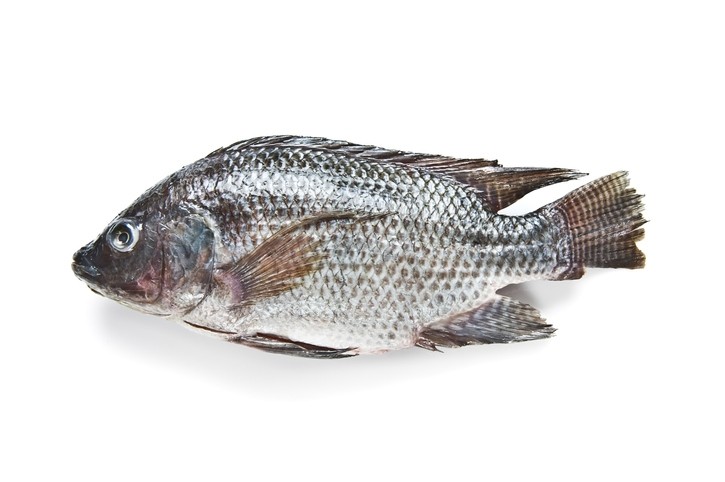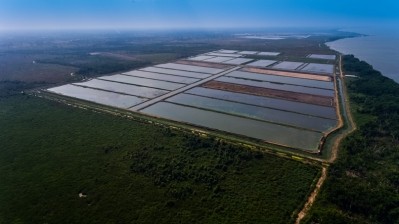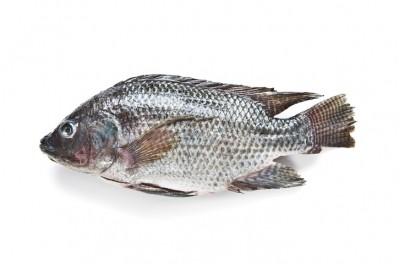Study: Genomic selection could improve feed efficiency traits in Nile tilapia

Feed remains the primary cost for farmed fish production.
Since domestication of aquaculture species is relatively young, selective breeding offers great potential to improve commercially important traits (FAO, 2019), commented the authors of the study, published in Frontiers in Genetics.
The benefits of genetic improvement have been illustrated in some key aquaculture species in relation to growth rate and disease resistance, particularly when augmented by genomic tools, they reported.
However, relatively little direct selection for improved feed efficiency (FE) has been performed for most farmed fish, they said.
Genetic improvement in terms of feed efficiency would enhance the economic sustainability of aquaculture and reduce environmental impacts, including greenhouse gas (GHG) emissions (Aubin et al., 2009; MacLeod et al., 2020), stressed the researchers.
Selective breeding
Genetic improvement of feed efficiency via selective breeding is an important goal, and genomic selection may expedite this process, they said.
Nile tilapia is the third most produced farmed species globally (FAO, 2020) and they noted that a wide variety of genomic tools have been recently developed for that species, reviewed in Yáñez et al., 2020.
But they said there is lack of studies targeting identification of genomic regions associated with FE traits, those that involve recording of feed intake, or assessing the potential impact of using genomic approaches to improve these traits in Nile tilapia breeding populations.
Objectives
The researchers, therefore, looked to dissect the genetic architecture of FE traits in a Nile tilapia breeding population.
They also wanted to map the genomic regions associated with these traits and identify candidate genes, evaluate the accuracy of breeding value prediction using genomic data, and assess the impact of the genetic marker density on genomic prediction accuracies.
Methodology
Using an experimental video recording trial, feed conversion ratio (FCR), body weight gain (BWG), residual feed intake (RFI) and feed intake (FI) traits were recorded in 40 full-sibling families from the Genetically Improved Farmed Tilapia (GIFT) Nile tilapia breeding population.
Fish were genotyped with a ThermoFisher Axiom 65 K Nile tilapia SNP array.
Significant heritabilities, ranging from 0.12 to 0.22, were estimated for all the assessed traits using the genomic relationship matrix, explained the authors.
Findings
Significant heritabilities were confirmed for feed-efficiency traits in a Nile tilapia breeding population, highlighting that genetic improvement is feasible, they said.
“A negative, but favorable, genetic correlation was detected between BWG and FCR using the genomic data, suggesting selection for BWG may indirectly improve FCR,” explained the experts.
The traits were polygenic, suggesting the genomic selection may be the most effective route to incorporating genotype data into selection decisions, they said.
Genomic prediction markedly outperformed pedigree-based prediction, and this was the case even for relatively low density SNP markers, they added.
“This study therefore highlights the potential for genomic selection to improve feed efficiency traits in Nile tilapia breeding programs.”
The work was undertaken as part of, and funded by, the CGIAR Research Program on Fish Agri-Food Systems (FISH) led by WorldFish. The study was also supported by the International Fund for Agricultural Development (IFAD) and the EU Commission. In addition, the study received funding from the UK Biotechnology and Biological Sciences Research Council through the Roslin Institute.














